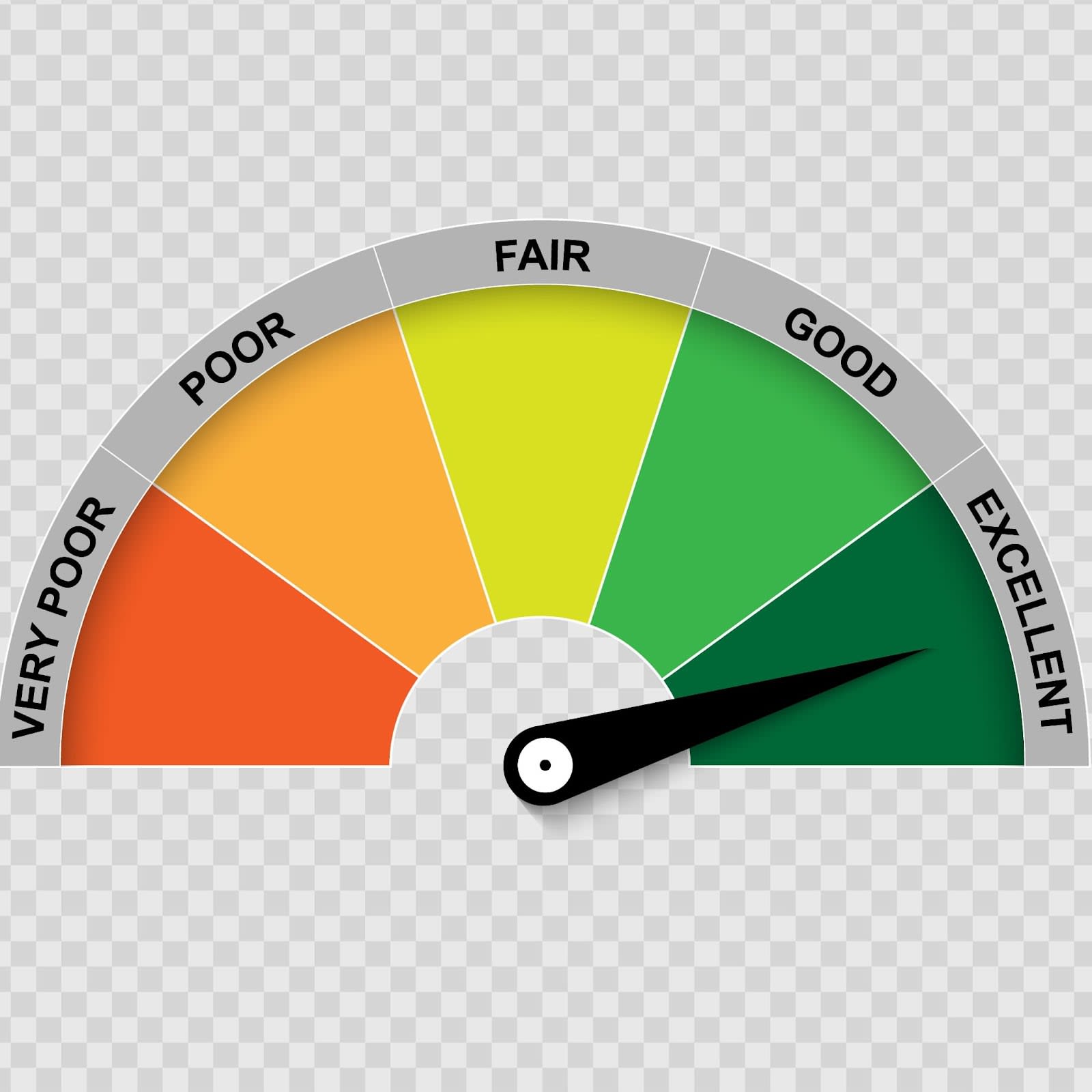Purchasing a new home is a complex process. As one of the biggest financial decisions you make in your lifetime, you will need to be prepared with a
multi-step checklist to outline your want-to-haves and need-to-haves in your next property. Once you have determined this, along with
your cost range, and are ready to move forward, it is wise to accelerate the process by applying for a mortgage prequalification, followed by a preapproval.
You may see some lenders using the terms
preapproval and prequalification interchangeably, however they are not the same. According to
Rocket Mortgage, preapproval and prequalification are both ways of understanding how much you’ll be able to get approved for in the home-buying process. A pre-qualification is an initial review of your finances. At this stage, you won’t have to provide as much information or documentation, such as pay stubs, and your lender won’t pull your credit.
If you are early enough in your home-buying search,
Prequalification is an easy, important first step you can take. This process usually takes a few days to complete, although the estimate you receive will not be as accurate as with a pre-approval when lenders conduct a deep dive into your financial history. Essentially, this step will give you a better understanding of where you stand, but without your credit report, you cannot
lock in that estimated rate.
Pre-approval, on the other hand, is a critical and comprehensive step in the home-buying process and is comparatively more
valuable than prequalification. This is the step in which the lender determines creditworthiness and provides an estimated loan amount which will determine what home you can afford. During the pre-approval process, lenders will review your credit history, credit score, employment history, income, assets and liabilities, debt-to-income ratio, and more.
According to
Investopedia, your debt-to-income (DTI) ratio measures all of your monthly debts relative to your monthly income. Lenders add up debts such as auto loans, student loans, revolving charge accounts, and other lines of credit—plus the new mortgage payment—and then divide the sum by your gross monthly income to get a percentage. You will want to keep your DTI ratio under 43% of your total monthly income to be considered in good standing. Make sure to pay down as much of your debt as possible to increase your chances of qualifying for a good rate.
Pre-approval involves completing a mortgage application and providing your Social Security number to a lender for them to do a hard credit check. During this
process, a lender pulls your credit report and
credit score to assess your creditworthiness before deciding to lend you money. This is reflected in your score and can impact your credit
for up to seven years.
So why should you consider completing a pre-approval? Verifying your
financial information with a pre-approval will make your house-hunting process much easier, and you will be viewed as a stronger, more competitive applicant when you find the perfect home. Pre-approvals are typically good for 60-90 days, so from
conceptualization to closing, keep this in mind as you undergo the process of purchasing a home.







